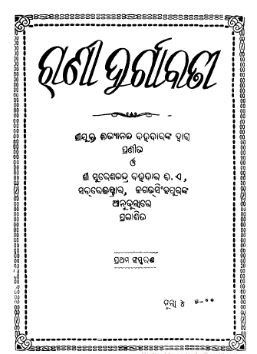This is the tale of Rani Durgavati, a courageous monarch. The Rani, who was a descendant of the illustrious Chandela dynasty of Mahoba and the queen of the Gond kingdom of Garha-Katanga, bravely and skillfully confronted the power of the Mughal Empire. She made the decision to welcome death rather than risk being captured by the enemy, like many other women of her day. Named after the ferocious Hindu goddess Durga, Durgavati emerged as the deity’s human manifestation.
On October 5, 1524, Durgavati was born at Kalinjar, one of the most formidable forts of mediaeval India, which is located in the Banda district of the Indian state of Uttar Pradesh. It was owned by her father Raja Salbahan of Ratha and Mahoba, a member of the illustrious Chandela family that had constructed the Khajuraho temples and had resisted Mahmud Ghazni’s invasions. According to legend, her parents gave her the name Durgavati since she was born on the Durgashtami holiday. An alliance between the two royal dynasties was cemented when she married Dalpat Shah, the Gond King Sangram Shah of Garha-Katanga, at the age of 18.
After Timur’s invasion in 1398, King Yadavrai expelled the nominal remnants of the Sultanate control from this area, and the little kingdom of Garha-Katanga (later known as Garha-Mandal) rose in central India. The name of the kingdom was taken from the main settlement, “Garha,” and a hamlet, “Katanga,” both of which were situated four miles to the west of Jabalpur. During Sangram Shah’s rule, the kingdom expanded and included certain regions in the neighbouring state of Chhattisgarh as well as the districts of Mandla, Jabalpur, Narsinghpur, Hoshangabad, Bhopal, Sagar, and Damoh in the state of Madhya Pradesh. It had 52 forts in all, all carefully placed between rugged hills and impenetrable forest.
Books Info
| Books name | Rani Durgabati / ରାଣୀ ଦୁର୍ଗାବତୀ |
| Author | Nityananda Bohidar |
| No Of pages | 13 |
| Publisher | NA |
| Publication | 1935 |
| Printed At | NA |
| Distributor | NA |

